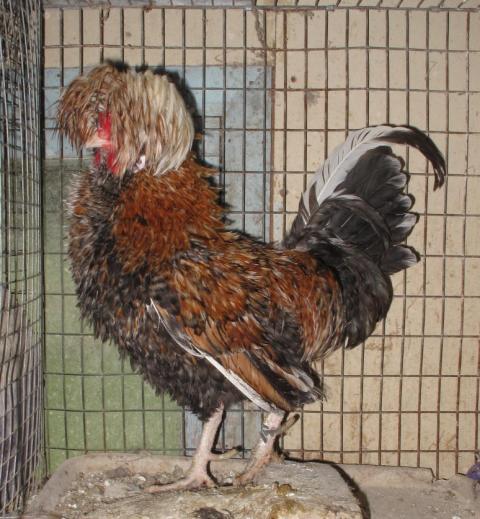I found this thread and it is very intriguing because I also love the crele and large breeds. Currently I have A Rose comb red dorking male and female (did have a trio, but lost one) I also have another roo, so I really can't get any more roos. Is there a back way to use my Red Dorking roo to breed to something to get a creole?? I don't have any barred hens, the closest thing would be a silver penciled wyandotte.
Last edited:








